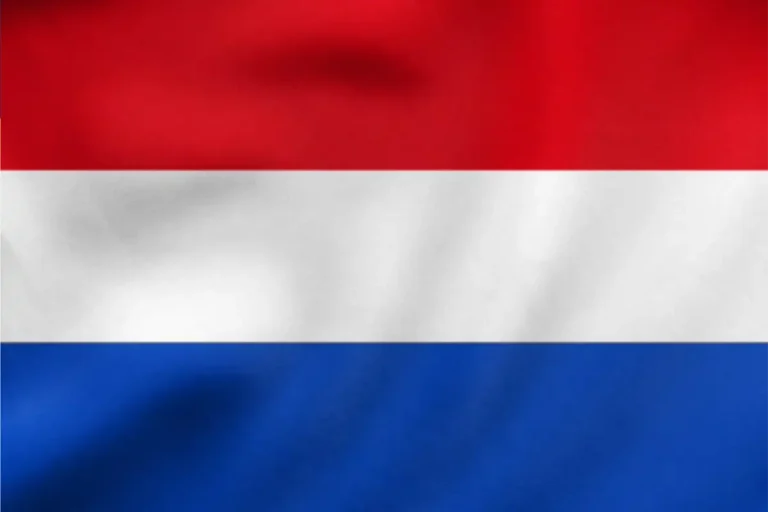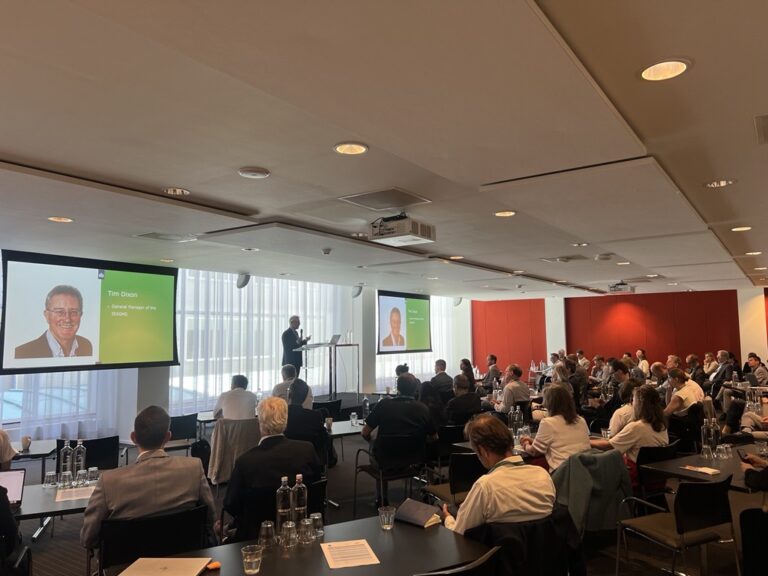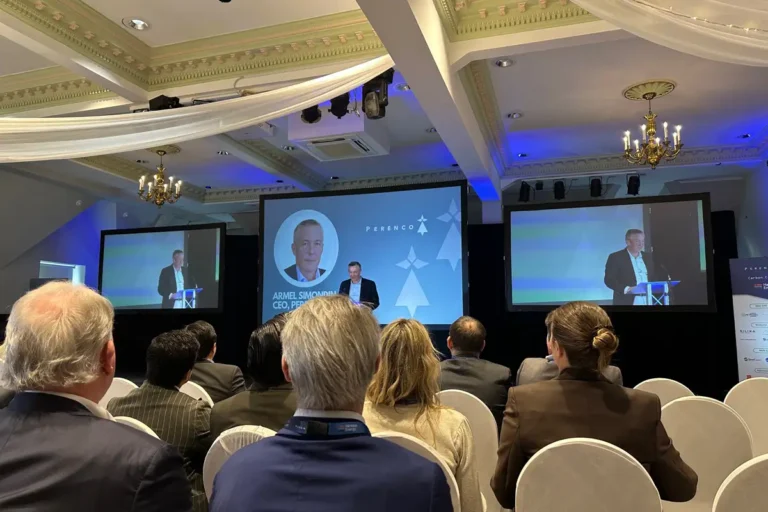
Monitoring Network and Environment Network Meeting
27 August 2019
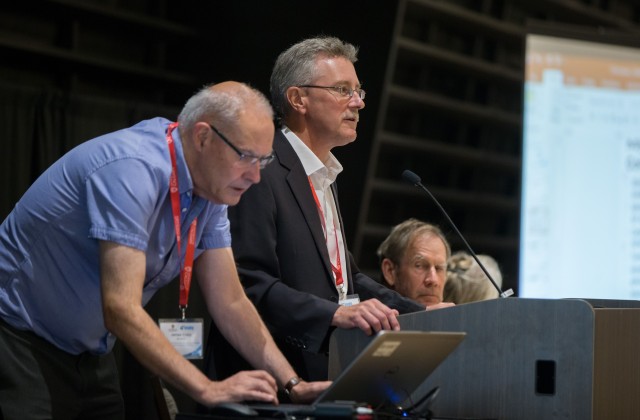
 Drawing Conclusions (Photo Courtesy of the University of Calgary)
Drawing Conclusions (Photo Courtesy of the University of Calgary)
The University of Calgary hosted the IEAGHG Monitoring Network and Environmental Research Network Combined meeting over 21-22 August. This proved to be one of the most popular IEAGHG network meetings, with over 80 attendees from 9 countries.
The Network meeting covered: developments in sensing ; lessons from managing field projects; uncertainty in quantification; monitoring for EOR cf DSF; fall-back plans; new case studies of real data; environmental impacts of monitoring and stakeholder engagement; up-well leakage; and monitoring post-injection for closure.
Of particular note were the first results from the STEMM-CCS project’s controlled release experiment in the North Sea, showing that a range of monitoring techniques were able to detect the small-scale release of CO2 , including small rapid changes in pH, and were able to quantify the amounts.The ability to now quantify CO2 seepage offshore was an impressive achievement recognised by the meeting. This experiment again showed that only a small percentage of the CO2 escapes the sediment to the water column, much of it is caught by dissolution in the sediment, an important characteristic for seepage scenario planning.
Two group exercises were undertaken, one to consider fall-back plans in the event of unexpected challenges in operational monitoring situations, and one to consider long-term post-injection monitoring. The Shenhua project in China was interesting to see the post-injection monitoring requirements there. The Tomakomai project provided useful experiences also in relation to project- and stakeholder-management in the event of natural earthquakes.
As usual at IEAGHG Network meetings, key conclusions and messages were drawn, and recommendations were made. One message was an appreciation of the need for sites such as CMC Research Institute’s Field Research Station to allow R&D and testing of new monitoring techniques on a real CO2 injection but with the freedoms of a research environment. The concluding high-level messages noted the great developments in marine and terrestrial sensing, particularly with quantification. Also the meeting recognised the challenges arising from some regulations on requiring prescriptive long-term post-injection monitoring, which however should be risk-based and needs to be possible with reliable tools, and noting that its objectives may be quite limited.
The meeting had started with a site visit to the CMC Research Institute’s Field Research Station, the monitoring tools being used and tested there are described in another blog, but to note also is the international collaborative nature of the facility, with many international partners collaborating, and on the day we visited researchers from the University of Edinburgh were working on using their noble gas attribution techniques at the site.
The meeting ended with an offer of the next meeting being in Australia in 2021. Thank you very to our hosts, the University of Calgary and to the sponsors, for enabling a good meeting. More information will be available on the IEAGHG Networks web-pages, including presentations, and a report of the meeting will be produced in due course.
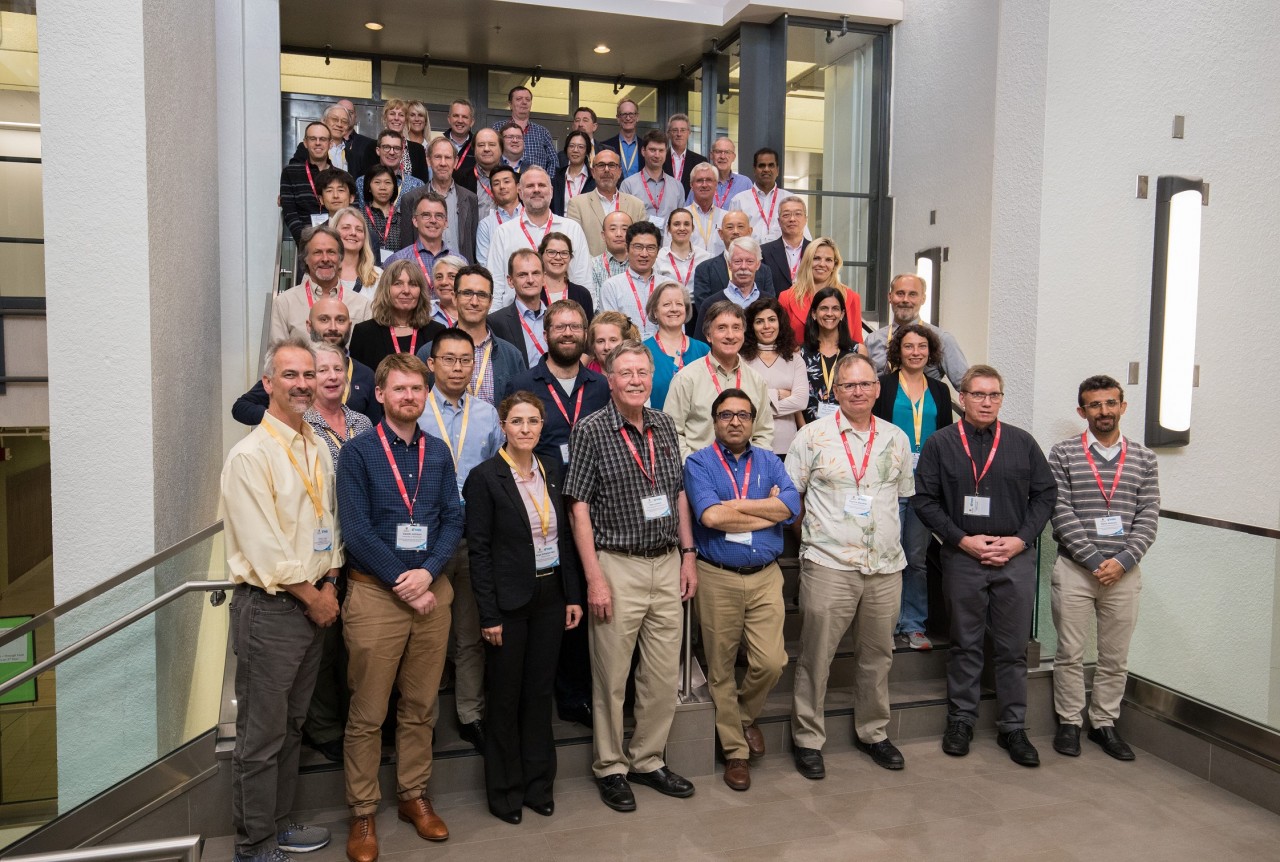 Group Photo (Photo Courtesy of the University of Calgary)
Group Photo (Photo Courtesy of the University of Calgary)
Other articles you might be interested in
Get the latest CCS news and insights
Get essential news and updates from the CCS sector and the IEAGHG by email.
Can’t find what you are looking for?
Whatever you would like to know, our dedicated team of experts is here to help you. Just drop us an email and we will get back to you as soon as we can.
Contact Us NowOther articles you might be interested in
Get the latest CCS news and insights
Get essential news and updates from the CCS sector and the IEAGHG by email.
Can't find what you are looking for?
Whatever you would like to know, our dedicated team of experts is here to help you. Just drop us an email and we will get back to you as soon as we can.
Contact Us Now


